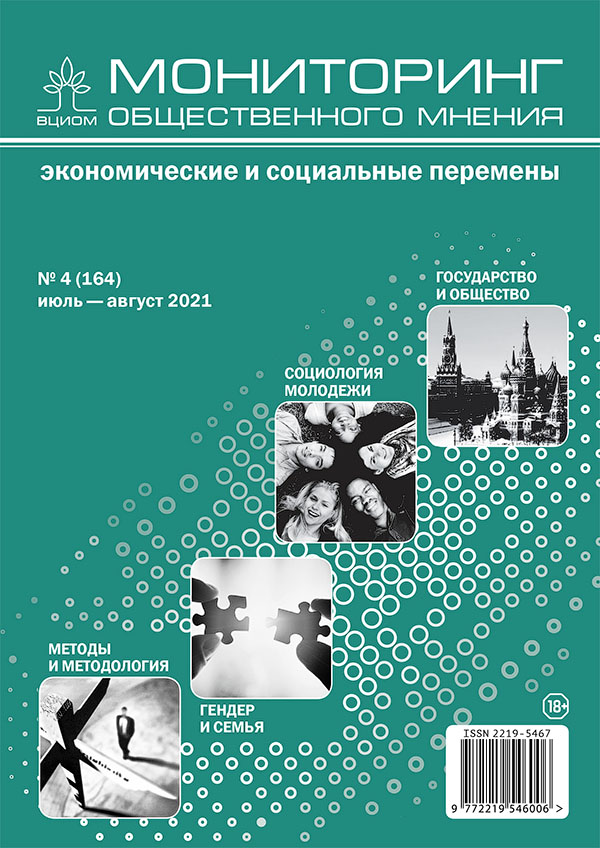Causes of the 2010 Running Boom: Case Study of the Russia’s Largest Marathon
DOI:
https://doi.org/10.14515/monitoring.2021.4.1925Keywords:
running boom, fitness boom, marathon, mass participation sport, sociology of sport, commercialization of sport, sport policy, gentrification of sportAbstract
The article examines the case of the transformation of the largest marathon in Russia (in 1981—2012: Moscow International Peace Marathon, since 2013 — Moscow Marathon). From 2011 to 2016, the number of its participants increased eightfold. The extent of the changes made us talk about the fitness boom of the 2010s. The press awards the laurels of success to the emerging small business in the field of organization of mass events - but is it true? In our research we used the following methods: analysis of running statistics and documents — calendars, results and regulations of mass races; analysis of publications in the press and on the Internet; overt observation in the running. The case study revealed four leading drivers of the running boom. Firstly, it is the legacy of the 1970s and 1980s fitness boom, allowing to speak of the 2010s as the second wave. Secondly, the campaigns for popularization of mass running undertaken by the multinational brands Nike and Adidas have created an “entry point” into the mass running practice. Nike We Run Moscow campaign 2010-2015 is described in detail. Thirdly, the transformation of media made it easier for these campaigns to spread. Fourthly, the change in the local political situation that influenced the trajectory of the boom. “Entrepreneurs from running” were the consequence of the intial growth hence also contributing to the fitness boom. Their emergence is associated with the change of lobbying groups rather than with their opening of a “new niche”. Side effects of entrepreneurship have emerged: gentrification of the run, its commercialization with an 18-fold increase in entry fees, thus reducing accessibility to participation. The study contributes to the discussion of sport models. We conclude that promoting “physical education for health” is pointless. We consider that the currently prevailing pro-Olympic model is the reason for low engagement of population into sports, and that it is dysfunctional for non-elite. We state that the introduction of an expressive model and repositioning of mass sports is needed (which in part has already happened). The process of commercialization of mass running raises the question about the discrepancy between the statements of the authorities (on the development of sports) and the real situation.
Downloads
Published
How to Cite
Issue
Section
License
Copyright (c) 2021 Monitoring of Public Opinion: Economic and Social Changes Journal (Public Opinion Monitoring) ISSN 2219-5467

This work is licensed under a Creative Commons Attribution-NonCommercial-ShareAlike 4.0 International License.






